Until it’s an emergency, it’s easy for homeowners to neglect their roof constructions—even though the roof is a critically important home feature. Day in and day out, the roof over our heads serves to protect us against the elements. It also determines our home’s energy efficiency and indoor comfort, affects curbside appeal, among other vital functions that affect our lifestyles.
Starting with premium-quality roofing materials and excellent installation, homeowners can effectively prolong the lifespan of the roof while enjoying several other important benefits—while staying on top of maintenance needs will prevent costly issues from ceiling leaks to higher energy bills, and even major structural damage to the rest of the home.
Because the roof is such a valuable part of any construction, knowing all that we can about them should be the first priority for anyone, who owns their own home. At Legacy Home Remodeling, we’re deeply committed to helping homeowners enjoy the benefits of a strong, beautiful, and long-lasting rooftop—with highly rated roof repair, replacement roofing, and roof installation services for homeowners in Pittsburgh and the surrounding areas. In this master guide to roofing, our experts share some of the essential information you should know about roof quality and construction, along with some helpful tips that will allow you to reap the benefits of one of your most important home investments.

What’s in a Roof?
When most of us think of a roof structure, we tend to imagine the shingles and tiles that lay flat on the top.
The truth is that there’s a lot more to a roof construction than just the top layer, and it’s worth knowing what’s in a roof in order to provide proper maintenance and upkeep it needs to last a long time.Understanding the anatomy of the roof will not only ensure you’re informed but will also allow you to better communicate with your roofing contractors during installation, repairs, cleaning, and maintenance sessions.
Below are some common parts of the roof:
- Sheathing: The sheathing is made up of boards or sheet material that is nailed to the rafters. This is what shingles or any other exterior roofing materials are secured to.
- Ice/Water Shield: This shield is actually a 3-foot wide membrane made of rubber that’s installed to help prevent the formation of ice dams and pooling water. This membrane adheres to the sheathing at the edge of the roof.
- Underlayment: Usually made of roofing felt, the underlayment is laid on top of the sheathing before shingles are applied.
- Shingles: This is the part that homeowners see and is the first layer of defense against the environment. Most homes feature asphalt shingles, but other shingle options such as tile, wood, and metal are also popular choices for homeowners.
- Drip Edge: This is a metal flashing placed along the roof’s edge. This is done to assist in diverting rain down and away from the house to the gutter system.
- Vent Pipe: This pipe is connected to the plumbing system. The pipe pokes through the roof to help facilitate fresh air entering the plumbing system. This is what helps sinks, toilets, and tubs drain efficiently and quickly.
- Rafters: These are basically the support beams that the sheathing is attached to and then subsequently the other materials that go on top of the sheathing. The rafters are usually slanted, but that’s not always the case.
- Rake: For homeowners who have a gable roof, they will have a component called the rake, which is the slanting edge located at the end wall of the house.
- Ridge: A ridge is simply the horizontal line that exists between the top edge of two sloping roof planes.
- Shingle Flashing: Flashing that is placed in strips under the shingles and bent at the edge of chimneys or walls. This helps to seal the gaps.
- Pitch (Slope): In roofing, the pitch or slope refers to the height of the construction. This can be steep or low, depending on the structure. The measurement is calculated by determining many inches of vertical rise are present against every 12 inches of horizontal length.
- Soffit: The enclosure for the underside of the part of the roof that extends past the sidewalls of the house.
- Valley Flashing: Flashing placed where two sloping sections meet.
It’s important to understand that this list is by no means complete. The variety of architectural styles available allows for a number of components specific to that style. However, by understanding the basic components of a typical roof structure, you are better prepared for any conversation you may have about your roof or with your roofing company experts.
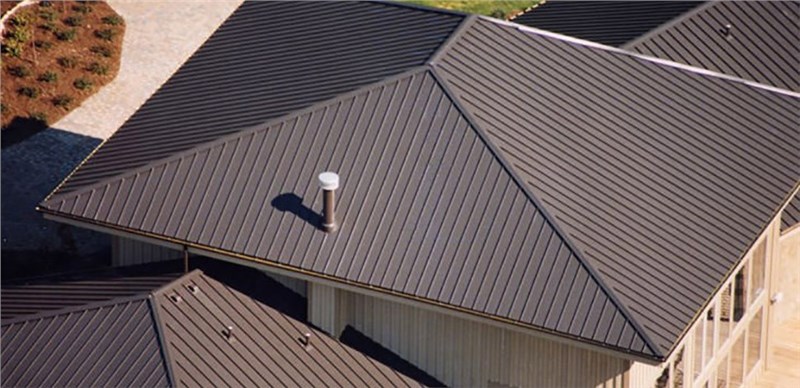
Types of Rooftops
As we’ve mentioned before, the roof serves for much more than just it’s most basic function—that is, as a cover to provide shelter from the elements. It’s true that protection against wind, rain, snow, and ice, animals, insects, and other threats are indeed important, but the roof is more than just a shield.
Depending on the construction and materials chosen, the roof can help the home improve energy-efficiency, beauty, resilience, and much more. For example, a house with a vaulted roof lends itself to higher ceilings and greater attic space. In essence, the design and structure of the roof can dramatically affect the home’s layout and other important details.
Just as important as the architecture, the materials are chosen also play a significant role in how protected the home is. For instance, residents in California may want to avoid wood shingles due to the prevalence of wildfires in the area, while homeowners in wet climates might want to avoid heavy slate tiles (or hire a professional with exceptional experience in installing slate roofs).
Here are some of the most common roof materials found on homes across the US:
- Synthetic Materials: These materials are designed with strength and low maintenance in mind. Also, they are considered to be green thanks to the use of recycled plastic and rubber. Keep in mind that more time is needed to verify long-term viability, and you should consult local building statutes to verify how to be protected.
- Asphalt Roofing Shingles: Without question, asphalt shingles are the most common roofing material used by homeowners. The low cost and wide availability of asphalt have helped to ensure its continued popularity. In general, these shingles last for about 20 years with a solid approach to maintenance. Keep in mind that these shingles aren’t as tough against inclement weather as other roofing materials, and are subject to mold if they are installed with copper being part of its material.
- Fake Slate Roofing Shingles: A specific synthetic material that is standing above the rest. Synthetic slate is meant to be an improvement on slate by maintaining its beauty and unique appearance while providing a greatly reduced weight and installation cost. It’s reported that they last longer, but time will tell how valid that claim will be.
- Metal Roofing: Metal roofing stands up to the toughest weather patterns and maintains its condition longer compared to other materials. In addition, your indoor temperatures are better-regulated thanks to its ability to reflect heat. Remember, metal roofing quality varies widely. Low-grade aluminum is a guaranteed way to suffer from impact dents. Verify the contractor and the warranty before making your purchase.
- Tin/Steel: Steel is an alloy that is made out of iron and other elements. Steel has found a home in every aspect of building and has become increasingly popular every year. In the past, steel was meant for commercial buildings, but homeowners are getting in on the action as well. Sometimes, tin roofing will be used interchangeably with steel roofing. Tin is no longer widely used, but it’s always a good idea to verify the metal roofing materials when purchasing.
- Aluminum: High-grade aluminum steps the game up by offering long life expectancy and resistance to saltwater corrosion. The aluminum reacts quickly to the saltwater, which creates a protective seal. If you live in a coastal area, consider this material for a product that won’t mold and won’t rust.
- Copper: Copper roofing is an excellent choice for longstanding durability and beauty. Plus, copper rooftops are 100% recyclable, making them a great option for owners who desire to go green.
- Zinc: This metal uses patina to heal its own scratches, making it strong and long-lasting even when compared to other long-lasting metals. Zinc is prone to chalking, but that can be controlled to a point.
- Seam Standing Metal: These are vertical sheet metal panels. The look is clean, bold, and beautiful. This material is designed for durability, longevity, and energy efficiency. This option is costly, though, and verification of panel quality is necessary with standing seam metal roofing.
- Tile Roofing Materials: Made of clay, slate, or concrete, these tiles are natural, recyclable, and durable. Plus, for those concerned about it, they are also fireproof. However, they often require the home to be reinforced before installation can begin.
- Cedar/Wood Shingles: Wood shingles present timeless charm that can add warmth to any home décor for a traditional, rustic appeal. The color naturally varies, allowing for striking design choices. In addition, wind and impacts are weak against the wood. However, wood is high-maintenance and will cost more to install when compared to other options.
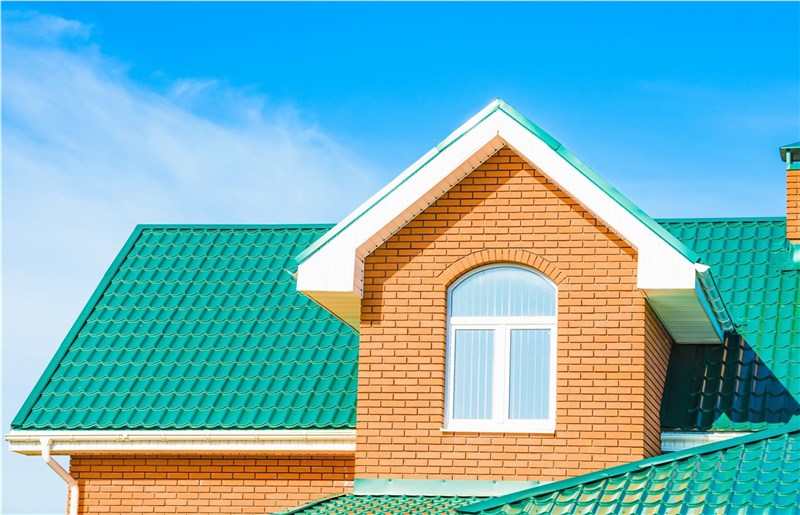
Natural Materials vs. Synthetic Materials
Today, homeowners are enjoying more options than ever, thanks to improvements in technology. Now, homeowners don’t have to choose between one “real” material and another “real” material. Synthetic options are increasing in popularity every year. However, just because it’s the new thing, that doesn’t mean that synthetic is the best option for you.
Consider some of these pros and cons of real vs. synthetic materials:
- Real Wood and Stone Roofing Materials: Actual concrete, tile, asphalt, metal, and other materials that have been tempered and shaped to serve as roofing materials. The pros of using authentic materials are that they’re traditional products that have been used for centuries in home construction, the authentic appearance they offer, and in most cases, optimal durability and a long lifespan.
- Some of the cons of real wood or stone products are that they usually require more maintenance, especially in the case of wood. They also tend to be much more expensive to maintain and install than with synthetic materials.
- Additionally, concrete and stone or slate roofing materials are very heavy and require significant expertise in installation to prevent roof collapse or other problems. Another big downside is environmental, as using natural, non-sustainable materials isn’t eco-friendly. Homeowners that prefer natural materials can look for renewable products made from eco-friendly companies to lessen their impact on the natural world.
- Synthetic Roofing Materials: Manufactured to replicate asphalt shingles, concrete tile, clay tile, metal, slate, and wood. The material contains recycled plastic and/or rubber materials and is a popular choice for modern homeowners.
- Synthetic materials tend to be lighter weight and easier to install than authentic, natural materials like wood and stone. They tend to fare better in harsh weather conditions, especially when it comes to hail. Synthetic materials are also usually mold- and mildew-resistant, and can be cheaper to install than natural materials. They’re also eco-friendly, made from manmade, renewable resources that help to reduce the carbon footprint of the household.
The cons of installing authentic materials include shorter lifespans, in some cases a “too-perfect” appearance, and faster fading over time.
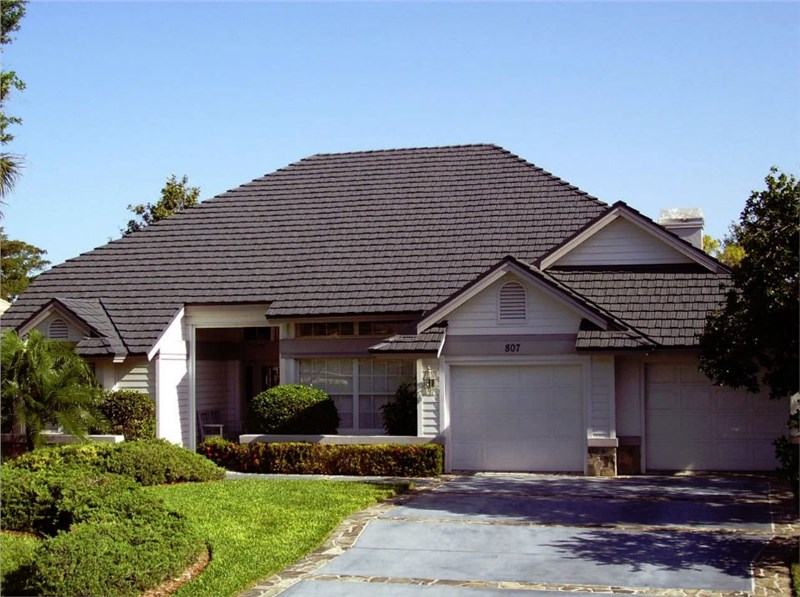
About Shingles
Shingles are economical, easy to install, and available practically everywhere. This triple threat makes them an easy choice for many homeowners. Asphalt shingles come in two varieties for homeowners, which are fiberglass and organic.
- Fiberglass: Made of woven fiberglass mat and covered with waterproof asphalt coating, this option is naturally lighter and thinner than organic asphalt shingles. In addition, they are more fire-resistant and boast a longer warranty. Its superior performance has led to its increasing use since they were developed in the 1980s.
- Organic: This option is made from recycled felt paper and asphalt saturated. These shingles are thicker and weigh more due containing 40% more asphalt. Organic shingles are considered more flexible and rugged, but they are subject to warping and curling, which negates that benefit over time.
Often, owners will choose to have another layer of shingles put on top of an existing layer to save on roof repair and stall on any needed replacement roofing. Keep in mind, that shingles can actually be installed up to three layers before a full tear down and roof replacement is needed. However, the more layers you add, the more labor involved when you reach the point of needing a complete roof installation.
Gutters / Drains
A well-built roof is strong, durable, and protects the people living under it while looking stylish and boasting enviable curb appeal. All of those qualities mean nothing without a solid gutter system in place. The gutter is responsible for directing rainwater down and away from the roof and house. This may not seem like a big deal, but every inch of rain adds up to an increased potential for damage to that expensive roof.
The gutter system is made up of the gutter, which is a channel installed approximately at the roofline along the edges and the downspout. The downspout is a pipe that is vertical and is responsible for the water flowing through the channel, having an escape. In general, there should be a downspout every 20 feet along the gutter. Various factors, like local weather patterns, may affect how many there should be.
Of course, the type of material used for your gutter system plays a role, as well.
Below are the most common materials used for gutter systems throughout the country.
- PVC: This gutter material is growing more popular. They are dent and corrosion-resistant, light compared to metal options, and generally more cost-effective than other materials. Keep in mind that extreme temperature changes can result in warping, bending, and cracking of the PVC gutters due to being made of plastic.
- Aluminum: Available in multiple color options and cost-effective, this option doesn’t rust and can be seamless or installed in sections. Aluminum is the lightest metal making it easier to install than its heavier cousins. Keep in mind the potential for aluminum to dent and bend as the years pass.
- Galvanized Steel: Made from hot-dip steel, this version of steel is corrosion resistant and is superior to standard steel. Its ability to resist contraction makes it an excellent choice for northern climates that have snow and ice conditions. Galvanized gutter systems are heavy and cost more than most options, so bear that in mind when making a decision.
- Copper: This material doesn’t rust and doesn’t need painting. Plus, copper gutters can last for about 100 years. However, copper oxidizes, meaning that shiny copper appearance will turn blue-green over time.
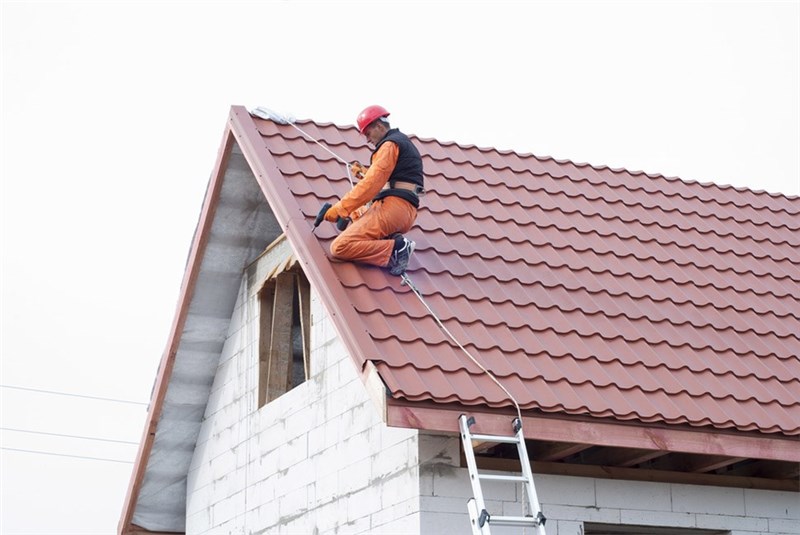
Roofing Replacement vs. Repair vs. Installation Processes
At some point, roof repair or replacement roofing will become necessary. That being said, the likelihood of needing either goes down significantly with solid maintenance and prevention. By practicing good maintenance, you save yourself stress, a headache, and, most of all, your wallet.
Part of a good maintenance routine sometimes involves repair work. The trick is to get on those repairs while they’re still small and manageable. The higher the repair need, the more likely you are to need replacement roofing sooner than later.
However, sometimes, significant damage occurs, or a windy day blew off too many shingles and tore the underlayment. The temptation is strong to ignore these problems to save money now, but don’t do it. It’s better to spend some now, than a fortune later.
Repairing the roof as necessary, and in a timely manner, can provide homeowners a range of benefits that include:
- Preservation of your property’s curb appeal and value.
- Cheaper maintenance over time, as it’s more cost-effective to repair than to replace.
- Prompt repair may be covered by insurance, whereas delayed repairs may void any valid insurance claims.
- Improved air quality and indoor comfort inside the house
- Energy-efficiency and lower utility bills.
However, sometimes a roof replacement is unavoidable. Waiting too long to perform repairs, or if the roof is nearing the end of its lifespan, are two perfect examples of why roof replacement is just as important to plan for as a roof repair.
As a rule, replacement roofing shouldn’t be needed more than once or twice in a person’s lifetime. However, there are exceptions to this rule. If you can afford it and desire to change your roof installation, you may choose to voluntarily replace your roof with stronger, better, more energy-efficient and beautiful roofing materials.
In most cases, the more likely reason for roof replacement is either severe sudden damage like a storm (which should be covered by insurance) or years of roof neglect (not covered by insurance or warranty).
At a certain point, the need for repairs becomes a need for replacement. Ideally, qualified roofing contractors perform the replacement. Companies that provide either roof repair or roof replacement services are certified, professional roofing contractors. This kind of project is not a good fit for a general contractor or as a DIY project. In fact, many warranties require a certified roofing contractor like the ones at Legacy Remodeling to maintain good standing.

Warranty Information
With any purchase of new roof materials and installation, the warranty of the roof should play a large role in the decision-making process. Roof installation and everything related to it is a complex process and requires a warranty or two to protect your investment now and into the future.
Before diving in, we’re going to make one thing perfectly clear. Not all warranties are created equal. Some may last for 20 years where others last 50. Some warranties may cover the product itself, while other warranties may only cover the installation.
Breakdowns of the different warranties provided are below:
- Manufacturer’s Warranty: Also known as a shingle warranty, this warranty provides protections for defects that cause a premature breakdown in the actual roofing materials. Usually, the warranty is good for 20-50 years, depending on the roofing material purchased. The warranty may be void if roof maintenance can’t be shown.
- Roof Workmanship Warranty: A warranty designed to have the roofing contractor that performs the original installation takes full responsibility for material and labor issues. Protection against defects in the installation process is the goal and usually lasts for 5-10 years. Maintain coverage by using the original contractor for any repair work done.
- Full System Warranty: Covers materials and includes accessory materials like metalwork. Metalwork includes flashings and other similar components. The warranty lasts for 10-30 years and covers all costs for leaks as well as the labor. Beware of installation errors voiding this warranty.
- Roofing labor warranty: Only covers the labor needed to address any roof concerns. Materials cost is not covered under this warranty. Installation errors may void this warranty.
- Roofing Material-Only Warranty: Only the materials are covered for protection against deterioration. Accessory materials are not included in this type of coverage. Labor is also not included with this warranty.
Between the National Roofing Contractors Association (NRCA) and individually purchased warranties, the need and expectation for a maintenance program are required to maintain good standing with your warranty. Most warranties require at least one maintenance inspection a year, with some requiring two. It is recommended to get a maintenance contract that covers inspections and repair work. Having such a contract maintained is a surefire way to show good faith that you are trying to extend the life of your roof as long as possible.

Typical Roof Installation Costs
Even though a roof installation may be unavoidable, it doesn’t change the fact that it’s expensive. This is even more true for homeowners that fail to shop around or do their homework before making such an important purchase. That’s why we are breaking down how to determine the cost of roof installation.
To start, most roofing contractors charge by materials and labor when building a quote. The ratio usually represents a cost made up of around 40% for materials and 60% labor. Often you will see the term “square” on the bid or quote. A “square” is shorthand used by contractors that means 100 square feet. If a house roof is 1800 square feet than they will list that as 18 squares.
The average cost for roof replacement services is between $3.50-$5.50 per square foot, with the cost being roughly $350-$550 per square of shingles installed. For easy math, take that range and multiply by the total square footage of your roof to get a rough estimate of your total cost.
There are some considerations to be aware of when considering the range in pricing.
- Complex roof: Multiple levels, unique architecture, choice of shingles (i.e., heavy slate) all contribute to an inflated cost range compared to more standard roof installations.
- Geography: It’s a rule consistent as gravity. Different geographic areas have different prices. A roof installation is no different. In addition to different labor costs, the following items can affect homeowners:
- Shingle costs
- Supply costs
- Environmental factors
- Waste removal
- Availability of supplies
Labor can range from $150-$300 per square on average. The condition of the home and the materials chosen will affect the final cost. Also, overhead is factored in with labor, so be wary of that when reviewing the quote.
You can avoid labor costs if you feel confident in doing itself, but it’s not recommended. A professional crew offers many benefits that shouldn’t be discounted. These include:
- Correct product backed by knowledge.
- Adherence to schedule.
- Proper steps are taken.
- No delays outside of weather or additional supplies.
- Catch problems early.
- Proper safety precautions followed.
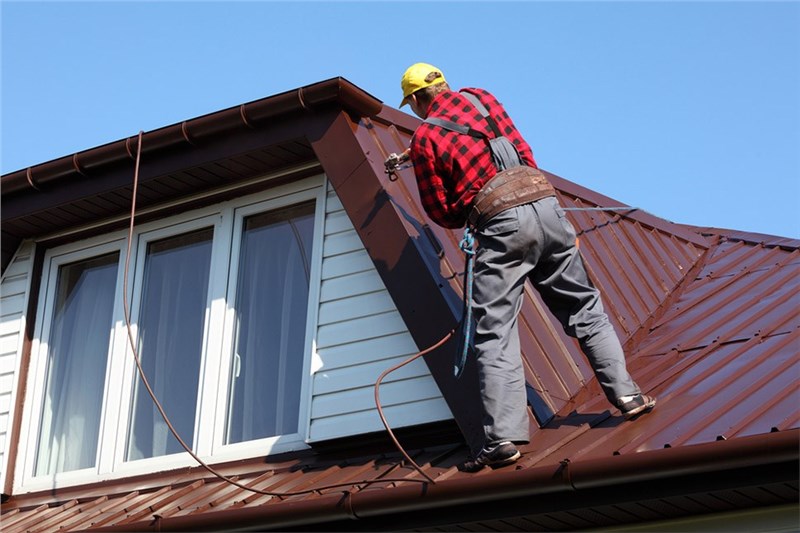
Warning Signs to Replace Your Roof
It’s important to replace the roof in a timely fashion, but what exactly are the signs that roof replacement is needed? That’s a question that homeowners have asked for decades.
That’s why we’re taking the time to cover some of the most common signs.
- Ice Dams: The appearance of ice dams usually implies roof ventilation problems. Lack of proper ventilation means that attic heat will melt the snow but unevenly. The melted snow runs into the gutters and becomes frozen again. Ice dams by themselves can destroy your gutters, and present enough weight to pull apart roofing materials and the components underneath. Unless resolved quickly, this is a replacement issue.
- Storm Damage: High winds and impact from rain and hail are all signs of storm damage. When the damage is severe enough, the only viable solution is a replacement. Failure to replace the roof can lead to leaks as well as objects like tree branches piercing where there are no shingles.
- Attic Insulation: Insulation in the attic is necessary to prevent shingles from cracking and melting from the rising heat. The insulation extends the life of your roof. Improper insulation means that the lifespan of your roof is short and will need replacing soon.
- Leaks: Check in the attic for signs of leaking. Leaks indicate damaged shingles or deteriorated flashing. If beams of light are coming through, then roof replacement may be needed.
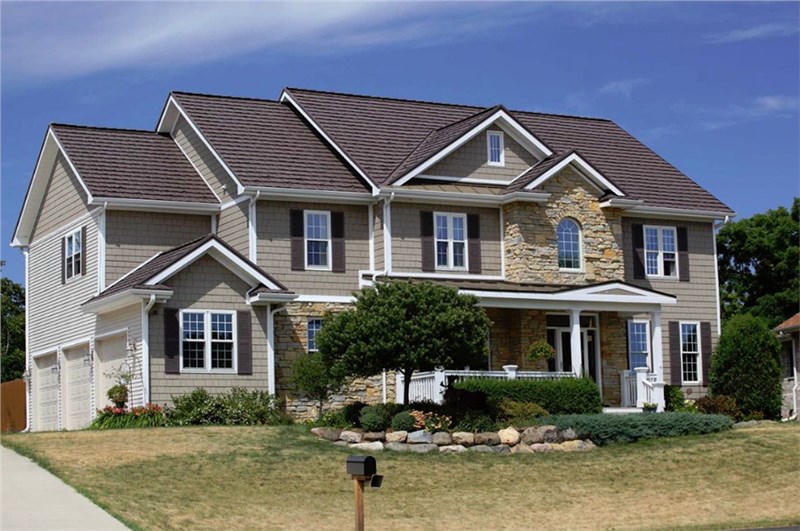
Superior Roof Services from Legacy Remodeling
The importance of a sturdy and functioning roof cannot be understated. At Legacy Remodeling, we understand that and work to provide customers in the Pittsburgh area with roofing services they can count on. Our certified roofing contractors cover everything from roof repair to roof installation.
Ready to look into roofing services? Legacy Remodeling can help you preserve the life of your investment with beautiful, dependable, and professional roof repairs, installations, and maintenance. Give us a call to speak with one of our agents about our professional roofing services now, or fill out our online form to schedule your free, in-home price quote.
Tags
Subscribe to Legacy Remodeling's Blog







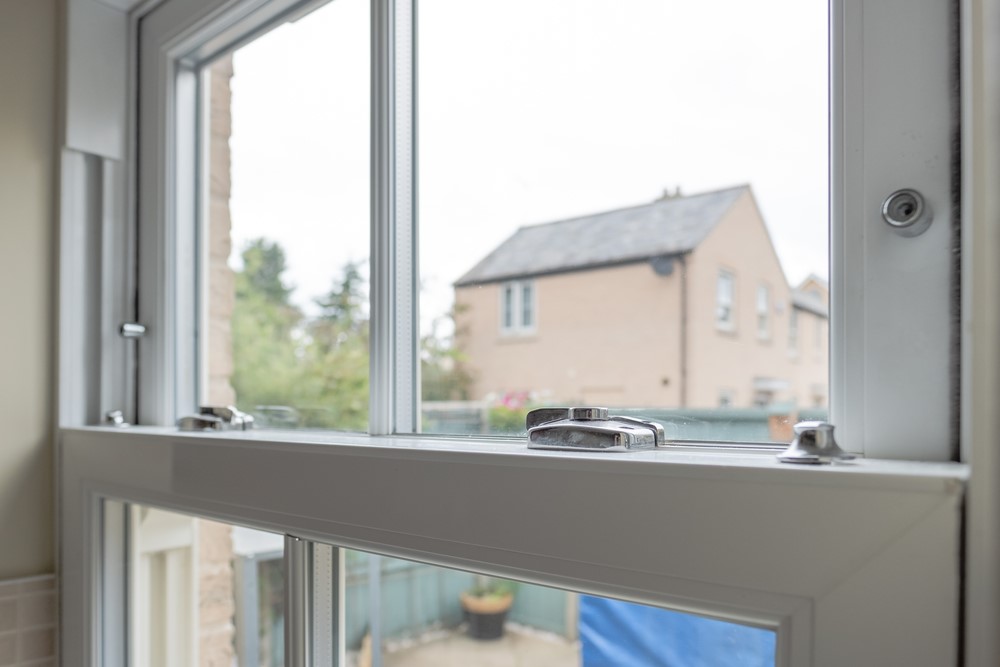
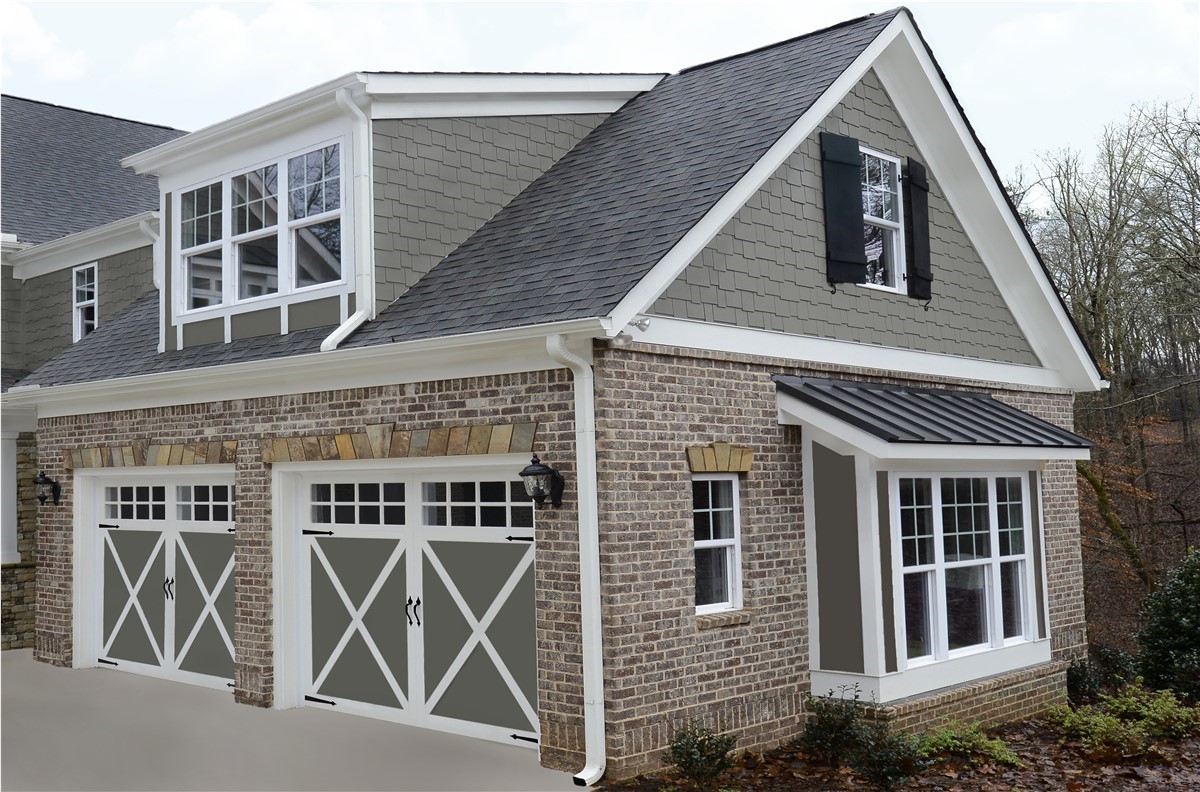
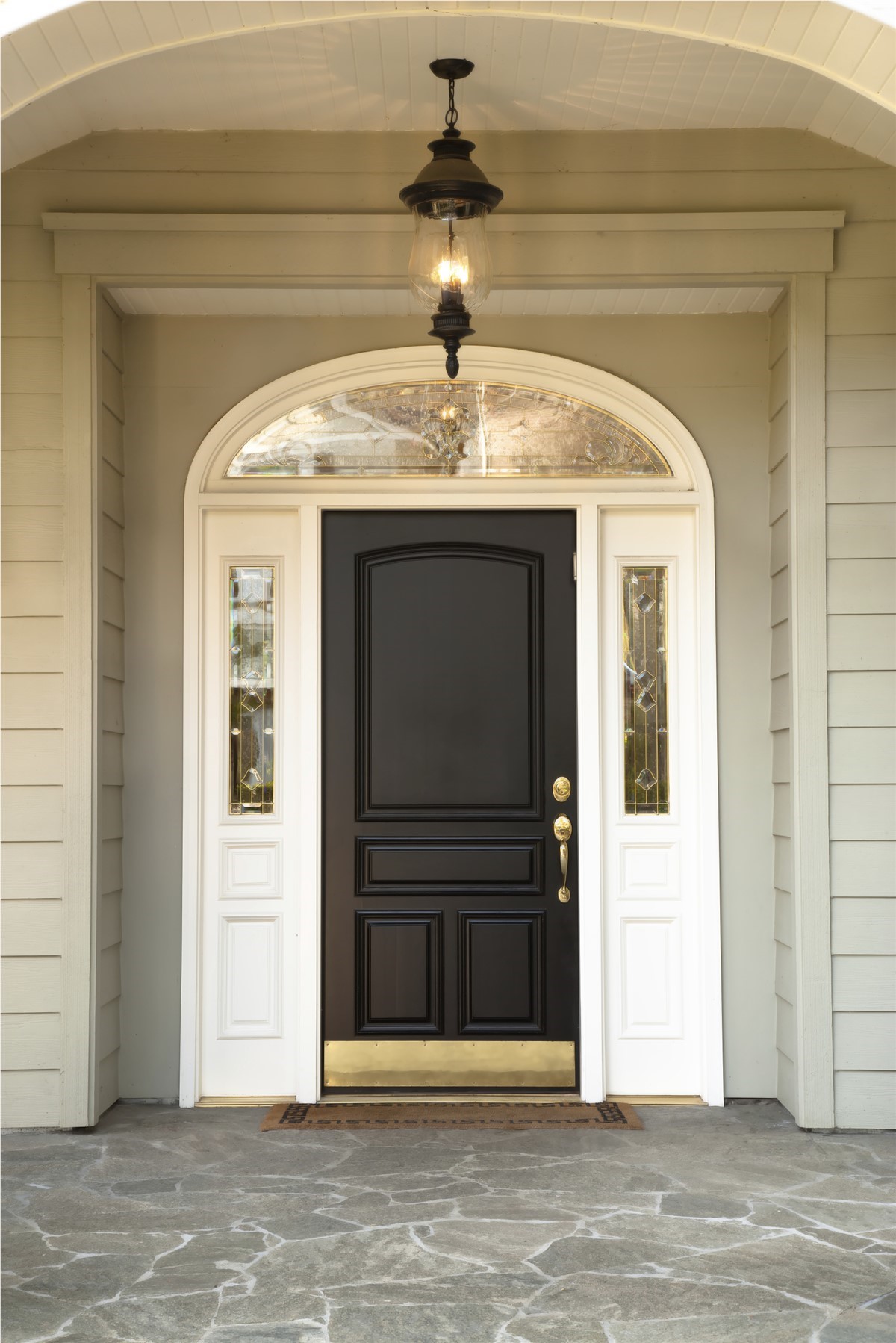

Comments